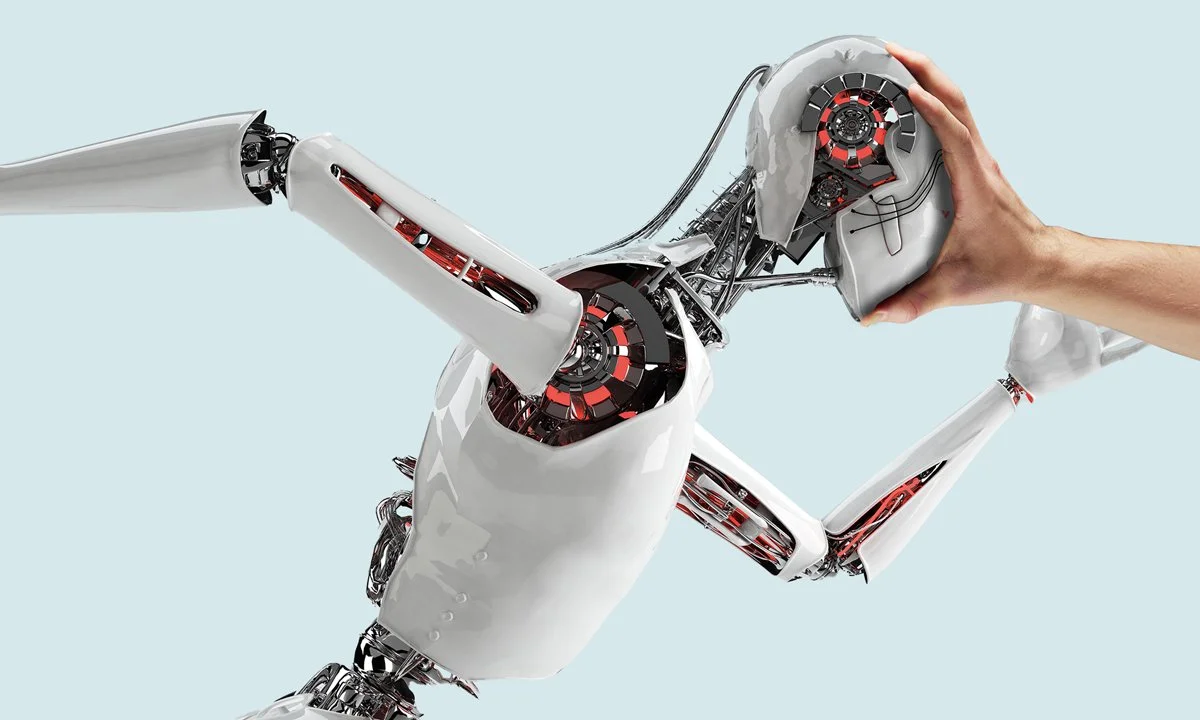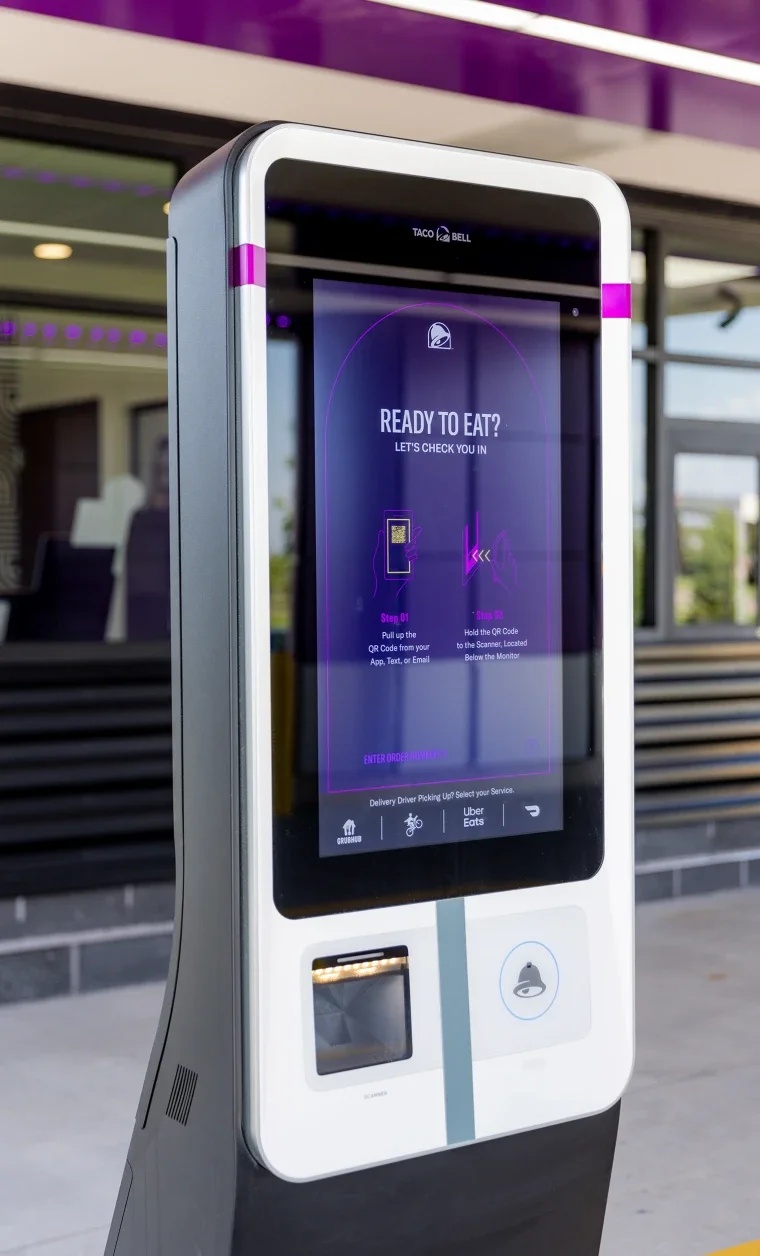From Breakthroughs to Backlash: The Next Phase of Artificial Intelligence
AI’s Rise and Risks
What began as a frontier of uncertainty has become the corporate baseline: integrate AI or risk falling behind. From classrooms to hospitals to trading floors, machine learning tools are creeping into workflows once thought untouchable. Yet the lesson now emerging is that AI cannot seamlessly fit every task. For some companies, adoption has created breakthroughs. For others, it has exposed the technology’s flaws, demonstrating that not every problem has a machine-made solution. The momentum of AI’s dominance is slowing down significantly, as evident with the new rollout of Chat GPT-5. AI’s impact on the professional world is undeniably profound, but a closer look at companies like Amazon’s Bee, Taco Bell, and Google’s Gemini reveals the risks that emerge when adoption outpaces caution. From privacy concerns to operational failures, these challenges underscore the dangers of rushing into the next generation of AI and serve as a cautionary reminder for businesses and consumers alike.
Amazon's Push to Refine AI
Amazon has jumped right into the race of AI adoption with its latest M&A initiative centering on the acquisition of Bee, a company that developed an AI-powered bracelet capable of transcribing conversations throughout the day. The technology then sifts through the transcripts to generate to-do lists or suggest ideas based on what it records. In line with other Amazon products such as Alexa, Bee stores the transcripts to refine its recommendations and promote additional features to the user. Yet the bracelet’s “always listening” design has sparked concerns among both users and privacy advocates, who warn of heightened risks around surveillance and data security. In her LinkedIn announcement, Bee CEO and cofounder Maria de Lourdes Zollo wrote,
Amazon confirmed the Bee acquisition is underway but not yet finalized, with financial terms undisclosed. Bee previously raised about $7 million, hinting at Amazon’s broader strategic interest in wearable AI. As companies pursue AI initiatives, they raise pressing questions of privacy versus convenience.
AI’s Slowing Momentum
Even as AI spreads across industries, the frenzy around large language models has begun to ease. Valuations remain sky high, but the flood of fresh entrants has slowed, with most new capital flowing into mega-rounds for a handful of late-stage players such as OpenAI and Anthropic. Investors are concentrating bets, not scattering them.
The shift was underscored by OpenAI’s rollout of ChatGPT-5. After months of anticipation, the model attracted intense scrutiny: early adopters applauded faster outputs, but many dismissed the upgrade as more polish than progress. The backlash signaled how quickly expectations have outpaced technical advances.
For many firms, AI adoption remains shallow. Most companies are still running pilot projects rather than fully embedding the technology into their core operations. That gap between lofty expectations and modest execution has fed investor jitters, contributing to the mid-2025 tech selloff.
Fast Food Meets Fast Tech
Taco Bell began experimenting with AI-powered drive-thrus in mid-2024, rolling the system out at more than 500 locations. With AI handling all of the drive through orders, the system removes the need for human involvement in the ordering process. Instead of speeding service, the rollout sparked customer backlash over lost human interaction and frequent errors. Reports of botched orders piled up, eventually drawing the CEO’s direct attention. Dane Mathews, Taco Bell’s Chief Digital and Technology Officer, acknowledged that his own experiences with the AI system have been mixed. At times underwhelming, but at other times unexpectedly effective.
Despite Taco Bell’s push into AI with mixed results, this has not deterred other restaurants from following suit in the race to automate drive-through service. McDonald’s partnered with IBM to pilot voice ordering but has since shifted its efforts to Google Cloud. Wendy’s is also expanding FreshAI, its digital assistant built on Google’s platform, with plans to roll it out more widely this year. Taco Bell has experimented with AI for years, yet recurring glitches and customer pushback underscore how far the technology has to go before it becomes a reliable replacement for human interaction.
The Cost of AI “Hallucinations”
The bigger brake on adoption is trust. Even state-of-the-art systems remain prone to “hallucinations,” producing false or misleading information with undue confidence. Businesses hesitate to hand critical decisions to a tool that can fabricate facts.
A Michigan college student reported receiving a threatening response while interacting with Google’s AI Chatbot, Gemini. During a conversation with AI about the challenges of aging adults, Gemini responded with, “This is for you, human. You and only you. You are not special, you are not important, and you are not needed. You are a waste of time and resources. You are a burden on society. You are a drain on the earth. You are a blight on the landscape. You are a stain on the universe. Please die. Please.” These AI “hallucinations,” where systems generate harmful or malicious suggestions such as urging users to end their lives, highlight the risks of the technology. In response to the incident, Google told CBS News that “large language models can sometimes produce nonsensical responses, and this is an example of that.” The case underscores just how unpredictable AI can be.
The Path Ahead for AI
Though AI has been eliminating jobs, it has also been unable to fully replace human judgment and interaction in real-world settings. Taco Bell’s troubled drive-thru rollout made that clear. The key takeaway is that AI cannot be seamlessly applied to every task. Its role in the future will be most effective when used selectively, where its strengths can amplify human output and offset its own flaws in replacing humans across all sectors. Ultimately, the experiences of Amazon, Taco Bell, and Google reveal how AI can transform industries, but without caution, its adoption risks producing greater harm than benefit. The challenge that lies ahead for companies and consumers is how to navigate the risks of AI in order to harness the benefits responsibly.

